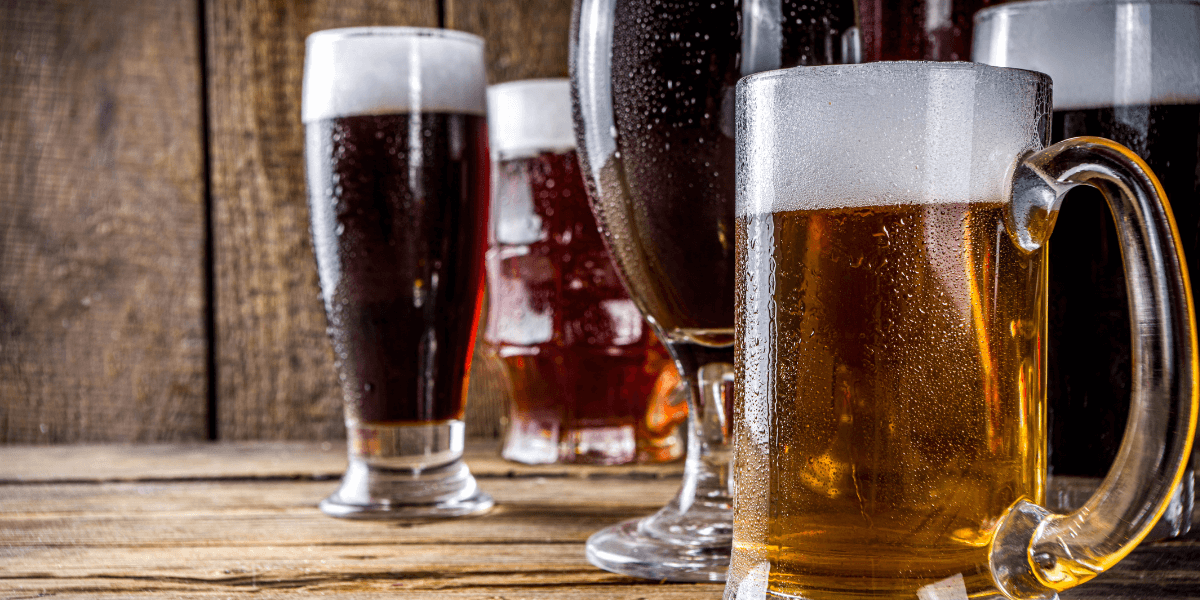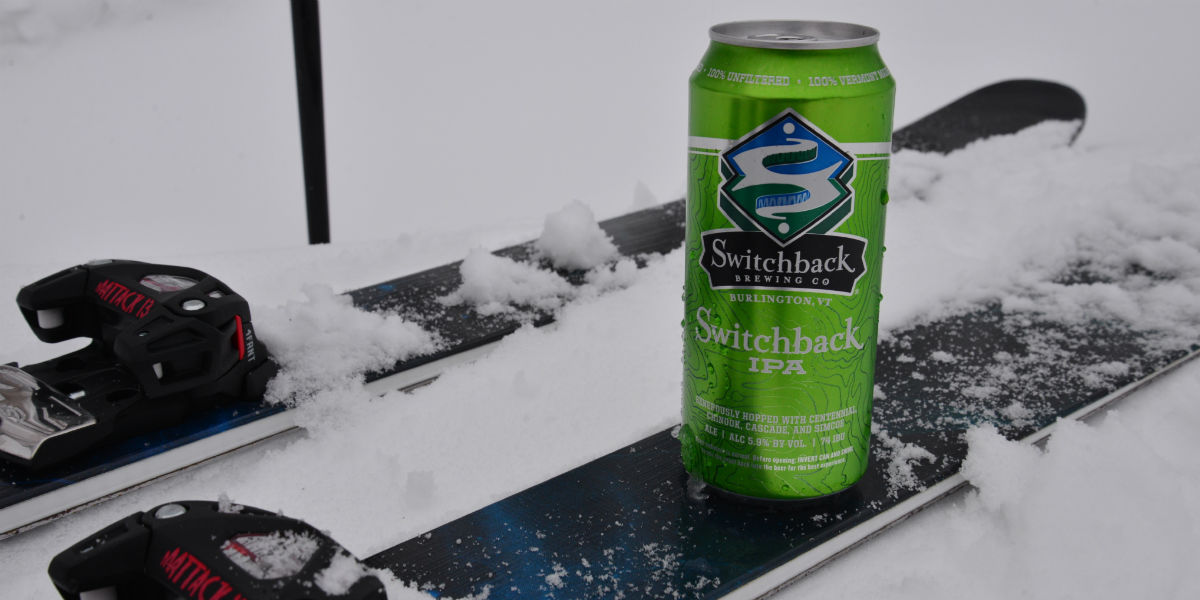
When I first began my journey into homebrewing, I had so many questions. Like many others, I was curious about how everything worked, how to perfect my brew, and what equipment was truly necessary. Over time, as I learned and experimented, I realized that there are some questions every homebrewer has, no matter how experienced they are. If you’re new to brewing or even if you’ve been doing it for a while, this homebrewing FAQs guide will walk you through the most common queries that come up during the brewing process.
What Does It Mean to Homebrew?
Homebrewing is the art of making your own beer, cider, or other alcoholic beverages at home. It involves a combination of ingredients such as water, malt, hops, and yeast, which when mixed together, undergo fermentation, turning the sugars into alcohol. The great thing about homebrewing is the endless creativity it allows—you can tailor each brew to your exact tastes by choosing different malts, hops, and yeast varieties.
For beginners, the idea of brewing beer at home might sound intimidating, but trust me, it doesn’t have to be! I started with a simple homebrew kit, which provided all the basics I needed to get going. Over time, I learned how to experiment with flavors and brewing methods, making the process more enjoyable with each batch.
Essential Equipment for Homebrewing
When it comes to brewing, you don’t need a lot of fancy equipment to get started, but you do need the basics. As someone who’s been brewing for a few years, I can tell you that having the right tools makes all the difference. Here’s a breakdown of the essential equipment I use and recommend for anyone starting out:
Brewing Pot
The first tool you’ll need is a large brewing pot. This is where you’ll boil your wort (the liquid made from boiling malt extract, hops, and water). A pot that holds 5 gallons of liquid is ideal for most recipes, but you can go larger if you plan on brewing bigger batches.
Fermentation Vessel
Once your wort is boiled, it needs to cool down before the yeast can be added. You’ll need a fermentation vessel for this process, typically a large container like a carboy or a plastic bucket with a lid. This is where fermentation takes place, so make sure the vessel is made of food-grade material to ensure no contaminants get in.
Airlock and Stopper
When fermentation begins, the yeast will produce carbon dioxide. The airlock is a small device that fits into the top of your fermentation vessel and allows gases to escape without letting contaminants in. It’s essential for keeping your brew safe during fermentation.
Bottles and Bottle Caps
Once fermentation is complete, you’ll need bottles to store your beer. Any glass bottle works, but many homebrewers prefer to use used beer bottles. Don’t forget the bottle caps! You’ll need a bottle capper to seal the bottles and a small amount of priming sugar to carbonate the beer before it’s ready to drink.
How Long Does It Take to Brew Beer?
One of the most common homebrewing FAQs is how long the entire process takes. The good news is that homebrewing doesn’t take forever, but it does require patience. From start to finish, most homebrews are ready in about 3 to 4 weeks. However, the timeline can vary depending on the type of beer you’re making and your specific method.
Brewing and Boiling
On brew day, you’ll spend about 3 to 4 hours making your beer. This includes boiling your wort, adding hops at different times during the boil, and cooling it down. It’s a hands-on process, but with the right equipment, it can be a lot of fun.
Fermentation Process
Once the wort has cooled and the yeast is pitched, the fermentation process begins. Primary fermentation typically takes about 7 to 14 days. During this time, yeast eats the sugars in the wort and turns them into alcohol. After that, you can move your beer to a secondary fermenter to clarify for an additional 1 to 2 weeks.
Bottling and Carbonation
Once fermentation is complete, it’s time to bottle the beer. This can take a couple of hours to carefully transfer the beer into bottles and add priming sugar. After bottling, the beer needs at least 1 to 2 weeks to carbonate, making it ready for drinking.
Why Is Cleanliness and Sanitation So Important?
One of the most critical aspects of brewing is sanitation. While the process of making beer seems simple enough, contamination from bacteria or wild yeast can ruin your batch in no time. I’ve learned from experience that keeping everything clean is essential to avoid spoiling your beer.
It’s essential to clean and sanitize all your brewing equipment—every vessel, spoon, and bottle. Many homebrewers use Star San or similar sanitizing solutions to make sure their equipment is free of any unwanted bacteria or yeast. If your equipment isn’t sanitized properly, you risk ruining the beer with off-flavors, or worse, a batch that’s completely undrinkable.
What Are Some Common Homebrewing Problems?
As with anything, homebrewing comes with its fair share of challenges. While it’s part of the fun to troubleshoot, here are a few common problems that I’ve encountered, and solutions that might help you along the way:
Off-Flavors
Off-flavors are one of the most common issues with homebrew. These can result from various factors, including contamination or not maintaining the correct fermentation temperature. Common off-flavors include “sulfur” smells or a “medicinal” taste. To avoid this, make sure your equipment is thoroughly sanitized, and always keep an eye on fermentation temperatures.
Flat Beer
If your beer isn’t carbonating properly, it could be due to a few reasons. It might not have enough priming sugar or you may have overfilled the bottles. Another reason for flat beer could be that your beer was bottled too early, before the fermentation was completely finished. Give it time to carbonate—don’t rush the process!
Cloudy Beer
Cloudiness can happen, especially with certain beer styles like wheat beers or IPAs. It’s typically caused by yeast or proteins suspended in the beer. To fix this, you can use fining agents that help the yeast and proteins settle out of the beer. A good fermentation process and allowing time for secondary fermentation will also help clear the beer naturally.
Can I Brew Different Types of Beer?
Absolutely! One of the best parts about homebrewing is the ability to experiment with various styles of beer. Whether you prefer light lagers, fruity sours, or rich stouts, you can brew them all. The ingredients you choose and the techniques you use will determine the final flavor and characteristics of your beer.
In my brewing journey, I started with simple recipes, but as I became more comfortable, I began experimenting with different hops, malts, and yeasts. Each batch became an opportunity to try something new, and that’s what keeps the hobby exciting.
Conclusion
Homebrewing is a fun and rewarding process that’s filled with creativity and learning opportunities. Whether you’re looking to brew a crisp pale ale, a rich stout, or something entirely unique, this homebrewing FAQs guide should help you navigate the basics. The key to successful brewing is understanding the equipment, the fermentation process, and the importance of cleanliness. As you continue brewing, you’ll find your own rhythm, and the more you brew, the better your beer will get. Enjoy the journey, and have fun experimenting with flavors and techniques!




